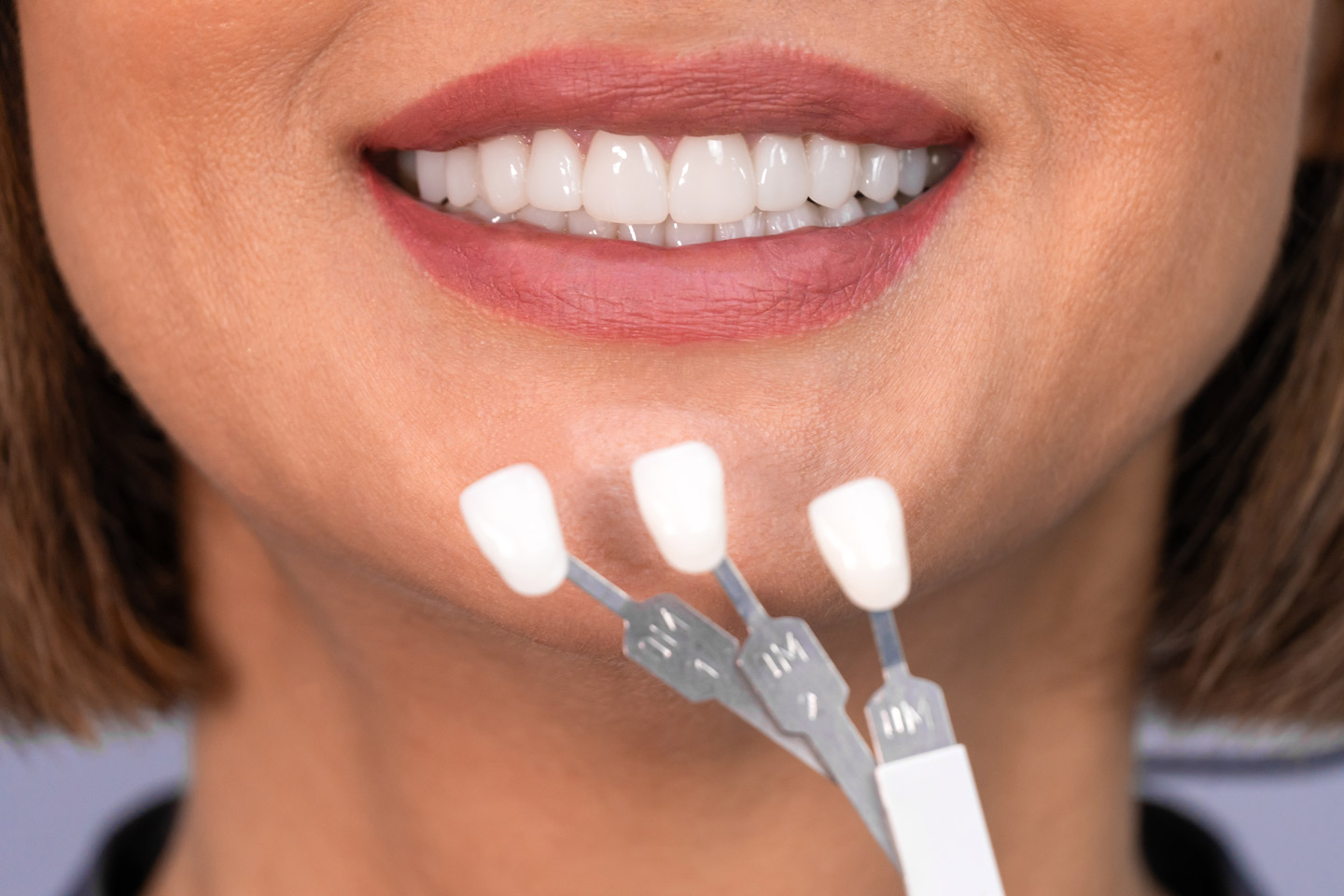Can You Eat Steak With Braces

In this article, we will explore the topic of eating steak with braces and provide you with all the information you need to make informed decisions about your dietary choices.
Understanding the Impact of Braces on Eating Habits
Before we delve into the specific question of eating steak with braces, it’s essential to understand how braces can affect your overall eating habits. Braces consist of brackets, wires, and rubber bands, all of which work together to correct misaligned teeth and bite issues. While they are incredibly effective in achieving a beautiful smile, they do introduce some dietary restrictions to protect the braces and prevent damage.
The Importance of Following Dietary Restrictions
During your orthodontic treatment, it’s crucial to follow the dietary restrictions recommended by your orthodontist. These restrictions are put in place to prevent any harm to your braces, which can extend the treatment duration and compromise the results. By adhering to the guidelines, you can ensure that your treatment progresses smoothly, and you achieve the desired outcome in the shortest possible time.
Can You Eat Steak With Braces?
Now let’s address the burning question: can you eat steak with braces? The answer is both yes and no. While it’s not completely off-limits, eating steak does require some precautions to protect your braces and maintain their integrity.
Chewing Difficulties
One of the primary concerns with eating steak when you have braces is the potential for chewing difficulties. Steak is a tough and chewy meat that requires a significant amount of force to break down. With braces, this can be challenging and uncomfortable, especially if you have just gotten your braces tightened. The wires and brackets can cause sensitivity and soreness, making it difficult to enjoy your steak fully.
Slicing and Preparing Steak
To make eating steak with braces more manageable, it’s recommended to slice it into smaller, bite-sized pieces. This allows for easier chewing and reduces the risk of damaging your braces. When preparing steak, it’s best to opt for cuts that are tender and easy to chew, such as filet mignon or ribeye. Avoid cuts that are tougher and require more effort to break down.
Removing Tough Bits and Chewy Parts
Before indulging in a delicious steak meal, take the time to inspect the meat for any tough bits or chewy parts. These can be difficult to chew with braces and may potentially damage the brackets or wires. By removing these undesirable parts, you can enjoy your steak without any concerns.
Taking Small Bites and Chewing Slowly
When eating steak with braces, it’s essential to take small bites and chew slowly. By doing so, you can minimize the strain on your braces and reduce the chances of discomfort or damage. Enjoy the flavors and textures of the steak, savoring each bite without rushing through your meal.
Using Caution with Bones
While enjoying a steak, be cautious of any bones present. Biting into a bone can cause harm to your braces, potentially leading to broken brackets or wires. Exercise caution when navigating around bones, or consider removing them entirely before consuming the meat.
FAQs about Eating Steak with Braces
To further clarify any doubts or concerns you may have about eating steak with braces,here are some frequently asked questions (FAQs) along with their answers:
Can I eat steak immediately after getting braces?
It is advisable to wait for a few days after getting braces before attempting to eat steak or any other hard or chewy foods. This gives your mouth time to adjust to the braces and reduces the risk of discomfort or damage.
Are there alternative options to steak that I can enjoy?
Yes, there are plenty of alternative options that are braces-friendly and still offer a satisfying meaty experience. Some options include ground meat dishes like meatballs or meatloaf, tender cuts of poultry, or even fish. These alternatives provide similar flavors and textures without the challenges of chewing tough steak.
Can I eat steak if I have rubber bands on my braces?
If you have rubber bands attached to your braces, you should exercise caution when eating steak. The rubber bands can add additional pressure and make chewing steak more challenging. It’s best to consult with your orthodontist for specific guidance regarding your unique situation.
What should I do if a piece of steak gets stuck in my braces?
If a piece of steak gets stuck in your braces, do not panic. Rinse your mouth with water to try and dislodge the food particle. You can also use a toothpick or an interdental brush to gently remove the food. However, be careful not to apply too much pressure or damage your braces in the process.
Can I eat steak with braces if it is cooked well-done?
While cooking steak well-done may make it softer and easier to chew, it’s still advisable to take precautions and cut it into smaller pieces. Remember to remove any tough or chewy parts before consuming.
Can eating steak with braces cause staining?
In some cases, eating steak with braces can cause temporary staining or discoloration due to the metal components. However, regular brushing and proper oral hygiene practices can help minimize this risk. It’s essential to maintain good dental care habits throughout your orthodontic treatment.
Conclusion
In conclusion, while it is possible to eat steak with braces, it requires some modifications and extra caution. Chewing difficulties and the potential for discomfort are primary concerns when enjoying steak with braces. By following the tips provided, such as slicing the steak into smaller pieces, removing tough bits, and chewing slowly, you can still savor the flavors of steak without compromising your orthodontic treatment.
Remember to always consult with your orthodontist for personalized advice and recommendations based on your specific situation. Enjoy your steak meals responsibly and maintain good oral hygiene practices to ensure a successful orthodontic journey.




